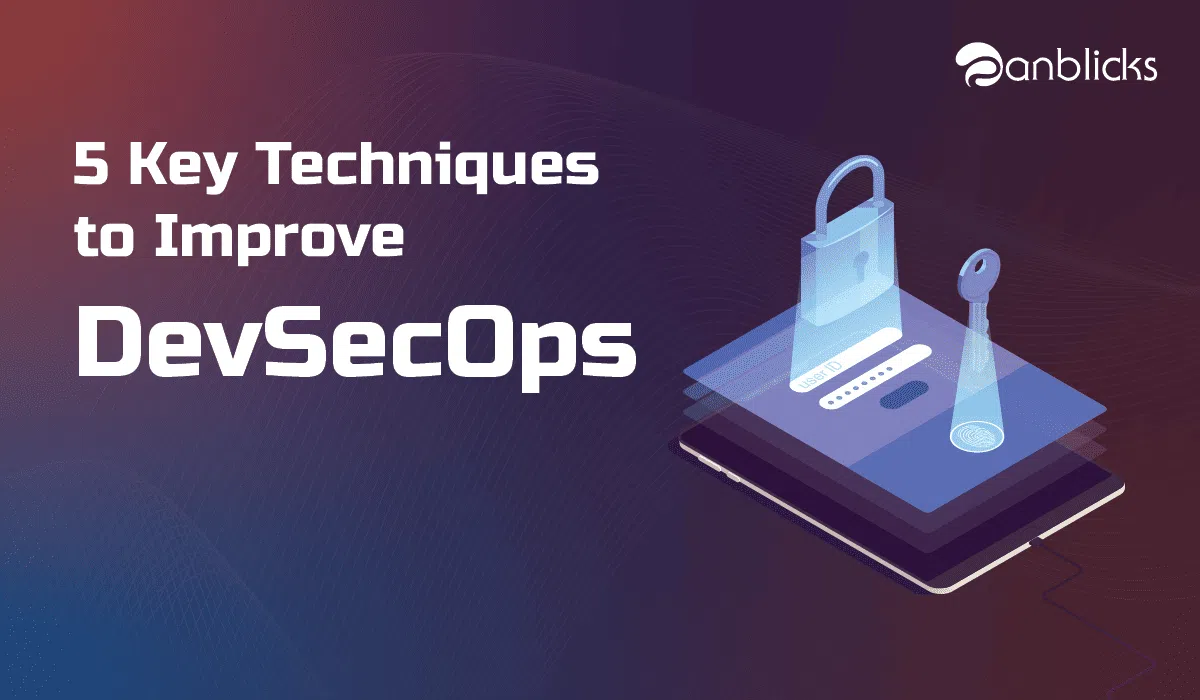
5 Key Techniques To Improve DevSecOps Implementation

TL;DR
- Implement security as code to automate threat detection and response.
- Use continuous monitoring for early identification of vulnerabilities.
- Foster cross-team collaboration between development, security, and operations.
Summary: In today’s market, the demand for quality and security in DevOps workflow is increasing tremendously. Learn how DevSecOps impacts continuous software deliveries at a faster time.
According to a study by Markets and Markets, the global DevOps market size increased from USD 2.90 Billion in 2017 to USD 10.31 Billion by 2023, at a Compound Annual Growth Rate (CAGR) of 24.7% during the forecast period. The reason why organizations are interested in adopting DevOps is to streamline their software delivery lifecycle and to be able to deliver better software faster.
Despite all the promises that DevOps hold, Verified Market Research also predicts, the Global DevSecOps Market was valued at USD 2.18 Billion in 2019 and is projected to reach USD 17.16 Billion by 2027, growing at a CAGR of 30.76% from 2020 to 2027.
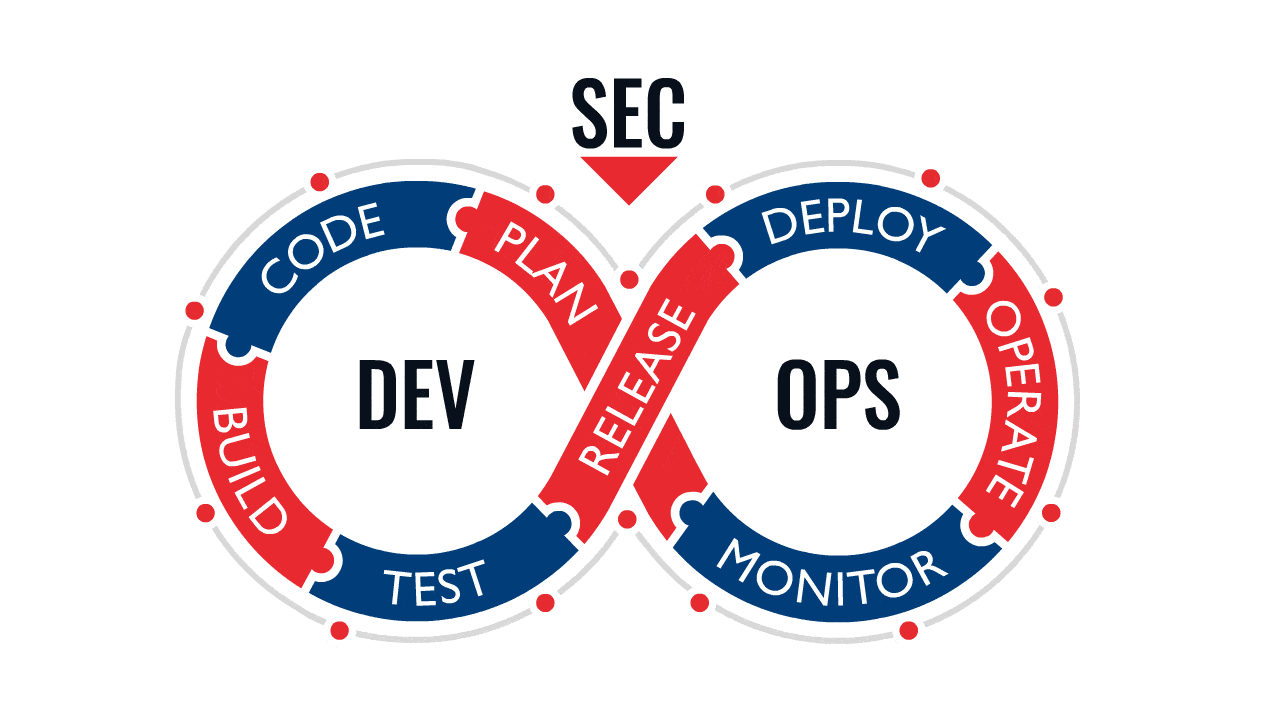
With the increased adoption of DevOps Practices in the IT community, many people have begun affirming the advantage DevSecOps. As the term implies, the security of DevOps methodology with less time to achieve and maintain it throughout. Security as a Code is an integral part to ensure developing and being part of the foundation of DevOps practices.
The vital objective of DevSecOps is to embed security in applications throughout the lifecycle of software development, which will be done by the security and operational teams. In this blog, learn about how to implement DevSecOps methodology and automate the whole pipeline successfully from continuous integration to deployment.
5 Key Techniques to improve DevSecOps Implementation:
1. The team needs to understand the new culture of DevSecOps:
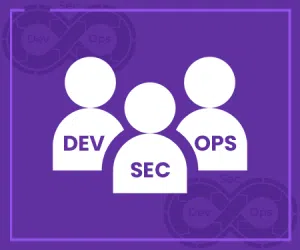
The DevSecOps team combines three teams: the IT operations team, the development team, and the security team. The aim of the DevSecOps team is to enhance security protocols of the application and infrastructure. Modern development best practices have forced companies to combine development, IT operations, and security teams under one DevSecOps umbrella to build and release code at a faster rate by integrating security with shift-left strategy. It alleviates knowledge through frequent communication, engagement, collaboration, and team alignment to build trust and empower the deployment process.
2. Use of agile methodology in DevSecOps to deliver code in small, frequent releases:
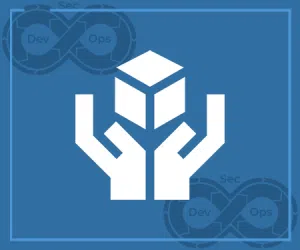
DevSecOps can not replace agile methodology. It compliments agile, but it will not work as a substitute for faster development to delivery of the product. Agile methodology in DevSecOps helps in delivering code in faster and frequent product releases. The agile methodology covers software testing, quality assurance, and production support whereas DevsecOps provides tools to facilitate agile adaptation. DevSecOps helps to emphasize security testing at early phases to improve software quality. It is considered to be an integral part of Continuous Integration and Continuous Delivery.
3. Embrace Automated Testing:

DevSecOps combines and creates the strengths of DevOps, automated testing. Automated testing helps in keeping the DevOps model in connection. It allows faster delivery and a better quality of applications in the pipeline. It provides a platform for software releases and finding errors on a continuous basis. It also plays a key role in handling cyber-attacks which strengthen across every industry sector. The automated testing approach provides a comprehensive security testing strategy and secures your enterprise-crucial applications. By having this as part release cycles it helps to overcome common vulnerabilities and patches which were required early. Hence it starts with application or infrastructure penetration as an attacker so you can overcome such vulnerabilities.
4. 24/7 Continuous Monitoring & Scaling:
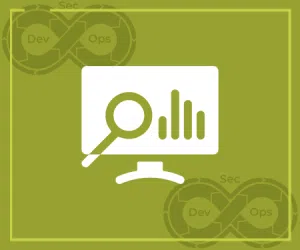
24/7 continuous monitoring is an essential requirement for DevSecOps. This process includes various continuous monitoring tools which ensure security systems work intelligently. It helps you for better traceability, audit, and holistic view of Security. Also, in maintaining the large data centers, continuous monitoring and scaling help organizations scale the IT infrastructure automation process and stop wastage of resources.
5. Bringing security in CI-CD pipeline:
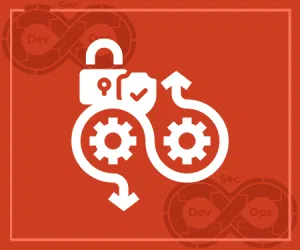
In recent times, DevSecOps culture has been adopted which has helped many enterprises to take responsibilities and ownership of security at each layer of Product Owner, Product Managers, Development, Testing, CloudOps. Problems like massive fallouts, abrupt C-suite resignations, and failed executives to meet consumer demands. To overcome these challenges, enterprises highlight the need for DevSecOps to combine and invite security teams, partners and set a plan for security automation in the CI-CD pipeline. Also, many organizations follow the agile development process where DevSecOps helps in security audits and penetration testing. DevSecOps engineers integrate with the continuous CI-CD delivery pipeline to provide continuity to securing product (software) deliverables. It enables companies to respond to security events quickly on a predictable schedule and budget.

As a part of the Marketing team at Anblicks, Komal Saini focuses on developing, implementing, & managing innovative Inbound, Outbound, and Partner marketing initiatives. She holds an engineering degree in Computer Science. Her hobbies include gaming, digital gadgets, and traveling.







